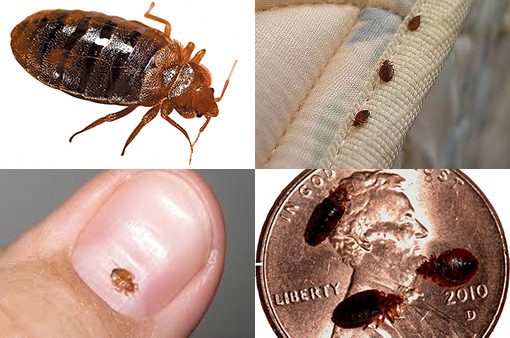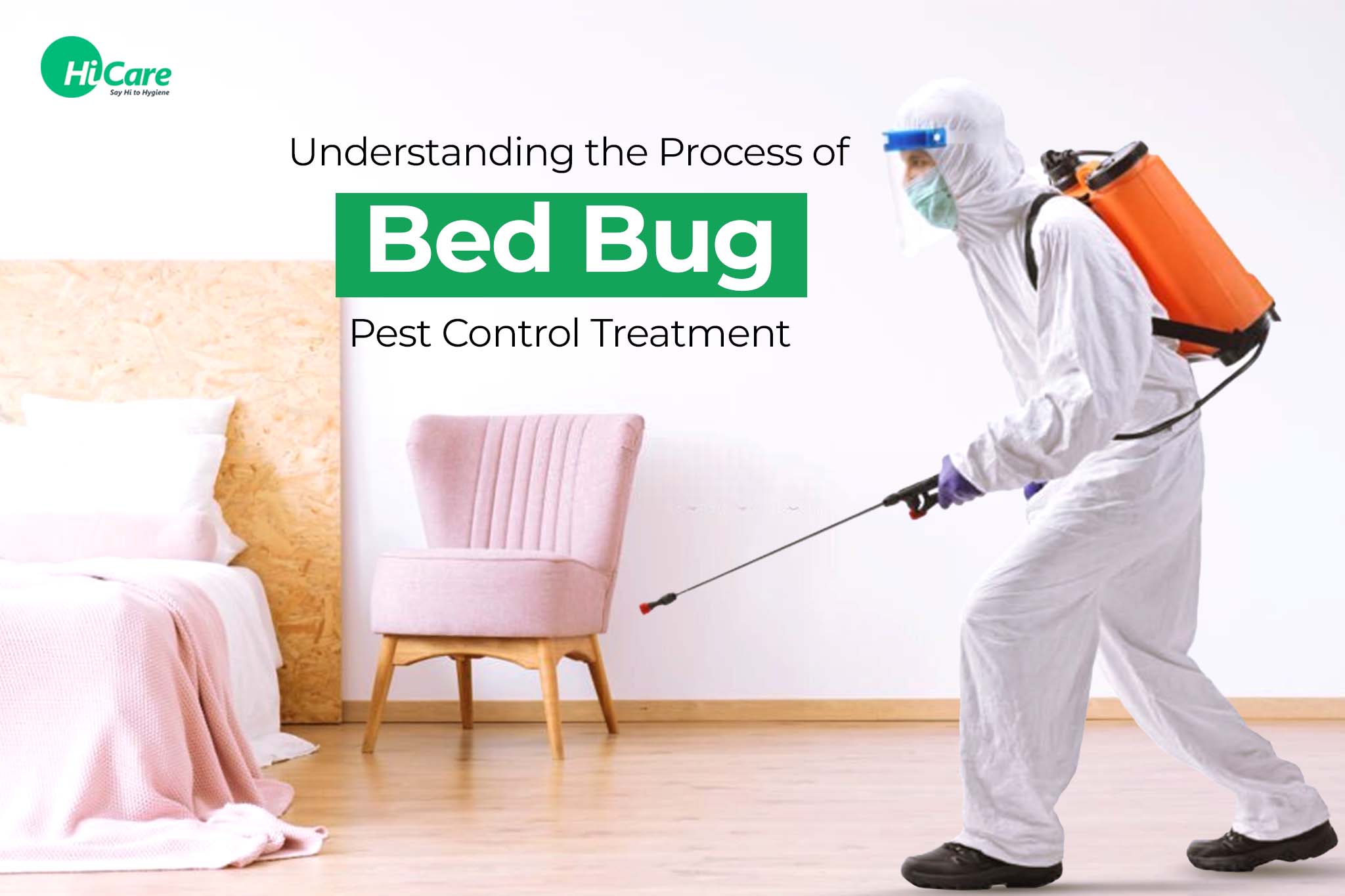Affordable A1 Bed Bug Removal in Houston - Expert Exterminators
Affordable A1 Bed Bug Removal in Houston - Expert Exterminators
Blog Article
Understanding the Lifecycle of Parasites for Targeted Control Approaches
Comprehending the lifecycle of pests is a basic element of effective parasite administration strategies. By understanding the different stages of advancement that insects undertake, a much more specific and targeted method can be adopted to manage their populations. This understanding not only clarifies the vulnerabilities within the parasite lifecycle however additionally leads the way for carrying out strategic procedures that can disrupt their development and recreation cycles. With a much deeper understanding of how parasites develop and grow, tailored control methods can be designed to attend to specific points in their lifecycle, inevitably resulting in even more effective insect monitoring outcomes.
Significance of Comprehending Parasite Lifecycle
Understanding the lifecycle of insects is vital for creating reliable and targeted control strategies in pest administration. By comprehending the different stages a bug goes through from egg to adult, insect control experts can determine weak spots in the lifecycle where treatment can be most effective. Recognizing when larvae are most active can help determine the optimal timing for applying larvicides. In addition, understanding the lifespan of a bug varieties can help in anticipating population growth patterns and potential infestation risks.
Moreover, identifying the certain environmental conditions essential for each and every stage of the pest's lifecycle can lead choices on habitat modification or exemption techniques to lower and interrupt the lifecycle pest populaces. This understanding enables pest monitoring experts to implement aggressive procedures as opposed to counting entirely on responsive therapies, leading to even more long-lasting and lasting pest control solutions. Ultimately, a detailed understanding of pest lifecycles encourages pest control specialists to tailor their approaches efficiently, optimizing and minimizing ecological influences control results.
Trick Stages in Bug Development
To properly implement targeted control methods in pest administration, a critical aspect hinges on adequately identifying and comprehending the key stages in bug growth. Pest advancement commonly includes several crucial phases that are crucial for their lifecycle and administration. The initial phase is the egg stage, where insects lay eggs that later on hatch out into larvae. Larvae then advance into pupae, a phase where they undertake transformation before becoming adult insects. Recognizing these phases is essential as it helps in pinpointing weak spots in the lifecycle where control procedures can be most reliable.

Susceptabilities in Bug Lifecycle
Throughout the different stages of an insect's lifecycle, distinct vulnerabilities arise that can be purposefully targeted for reliable control procedures. One vital vulnerability lies in the egg stage, where parasites are usually a lot more prone to specific insecticides or organic control representatives because of their soft outer covering, making them much easier targets for intervention. Additionally, the nymph or larval stage presents susceptabilities as bugs go through rapid development and advancement, requiring high power usage that can be exploited by interrupting their food resources or introducing development inhibitors. Pupal phases, defined by immobility and makeover, provide a window for targeted control via physical barriers or details therapies that hinder effective development. Grown-up parasites, while much more durable due to their reproductive ability, can still be prone during mating or egg-laying activities, which can be interfered with with scent traps or sanitation techniques. Comprehending these vulnerabilities in the bug lifecycle is essential for creating precise and effective control approaches that efficiently take care of pest populations while decreasing environmental effect.
Implementing Targeted Control Measures

Implementing targeted control steps normally involves a multi-faceted method. This might consist of habitat modification to make the atmosphere much less hospitable to insects, such as eliminating standing water for insect control or securing entry points for rodents. In addition, organic control methods can be utilized, where natural predators or microorganisms are presented to maintain pest populations in check.
Integrated Parasite Monitoring (IPM) methods that integrate various control actions in a worked with and sustainable manner are usually the most reliable in accomplishing long-term parasite administration goals. By applying targeted control procedures based on an extensive understanding of pest lifecycles, parasite populations can be effectively regulated while reducing threats to human health and wellness and the environment.
Boosted Insect Management Practices

Additionally, the incorporation of biological control representatives, such as natural killers or microorganisms of parasites, can help in reducing dependence on chemical pesticides and advertise a much more well balanced community. Applying physical barriers and catches can also be component of boosted insect monitoring practices, using non-toxic and targeted options for parasite control. Additionally, using scents and other semiochemicals can interfere with pest breeding patterns and communication, causing reduced insect populaces over time.
Final Thought
By recognizing vital phases in parasite growth and susceptabilities in their lifecycle, targeted control actions can be applied to minimize pest populaces. Boosted parasite monitoring techniques can aid lower the dependence on broad-spectrum chemicals and advertise more lasting and ecologically friendly insect control techniques.
Understanding the lifecycle of pests is important for developing reliable and targeted control approaches in parasite administration. By comprehending the various stages a parasite goes via from egg to adult, insect control professionals can recognize at risk points in the lifecycle where intervention can be most effective. Inevitably, a complete understanding of bug lifecycles empowers pest control experts to A1 Bed bug exterminator houston LLC customize their techniques effectively, maximizing and lessening environmental impacts control results.
By executing targeted control measures based on a complete understanding of insect lifecycles, pest populaces can be effectively regulated while reducing risks to human health and wellness and the environment.
By recognizing essential phases in insect growth and vulnerabilities in their lifecycle, targeted control actions can be carried out to minimize bug populations.
Report this page